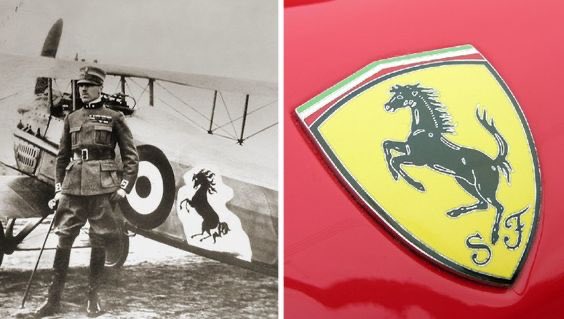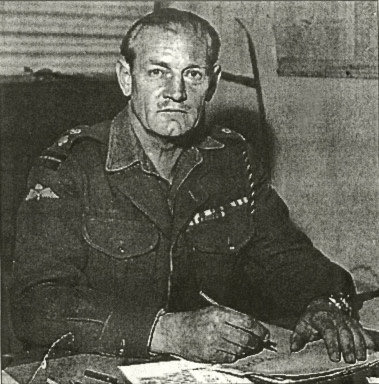- The history of the Ferrari logo 🧵-
The story of the Ferrari prancing horse logo is tied to military history and especially the history of military aviation (1/7) #svagaiature #Ferrari #History #Historia #WWI #WW1 #Aviation #AeronauticaMilitare
The story of the Ferrari prancing horse logo is tied to military history and especially the history of military aviation (1/7) #svagaiature #Ferrari #History #Historia #WWI #WW1 #Aviation #AeronauticaMilitare

The prancing horse was in-fact the insignia of the Italian WWI aviation ace Francesco Baracca, one of the greatest pilots of Italian history, who was shot down during a mission in 1918 (2/7) 

That insignia was a symbol of speed and audacity, a black horse on a white back, renown in all of Italy. Baracca became a legend especially in his home region, Emilia Romagna, the same of Enzo Ferrari (3/7) 

In 1923 Enzo Ferrari is still working as a race pilot for Alfa Romeo and is racing at the Gran Premio di Savio in Ravenna, where he’s gonna make an encounter that will change history forever (4/7) 

In Ravenna Enzo meets Countess Paolina Baracca, that after he has won the race propose him to put her son’s insignia on his car as a good luck emblem (5/7) 

When in 1929 Enzo founds the Scuderia Ferrari in Modena, as a branch of Alfa Romeo, he keeps using the symbol. Sadly when Ferrari departs from Alfa Romeo the formers stops him to use the logo until 1940 when the prancing horse comes back better then ever (6/7) 

The horse is thinner, the tail now goes up instead of down, the back is now yellow (in honour of the colors of Modena) and for the first time the name Ferrari is present in the logo with the typical stretched F (7/7) 

• • •
Missing some Tweet in this thread? You can try to
force a refresh















